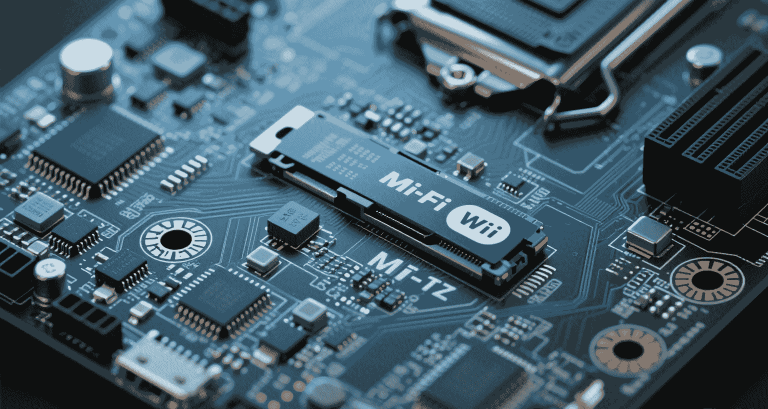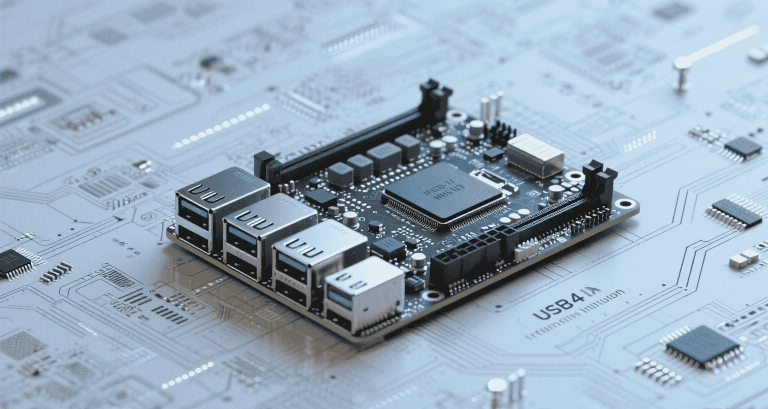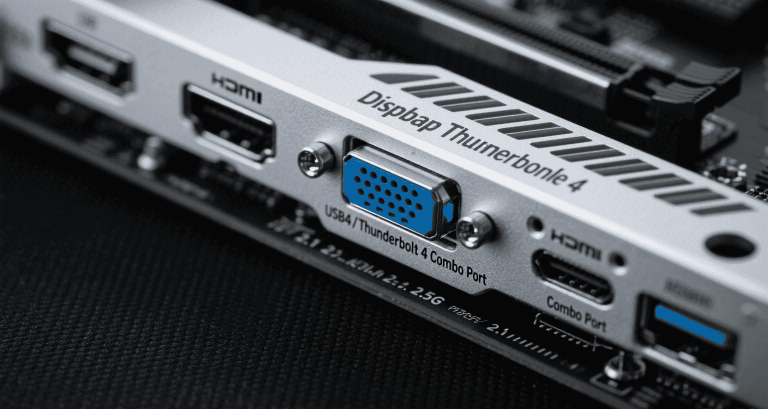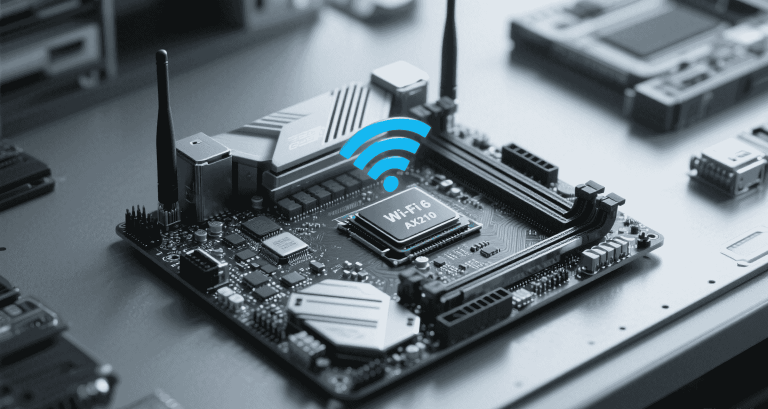Router vs Firewall: What’s the Difference?
Explore the key differences between routers and firewalls in network security, access control, and data packet management for local networks.
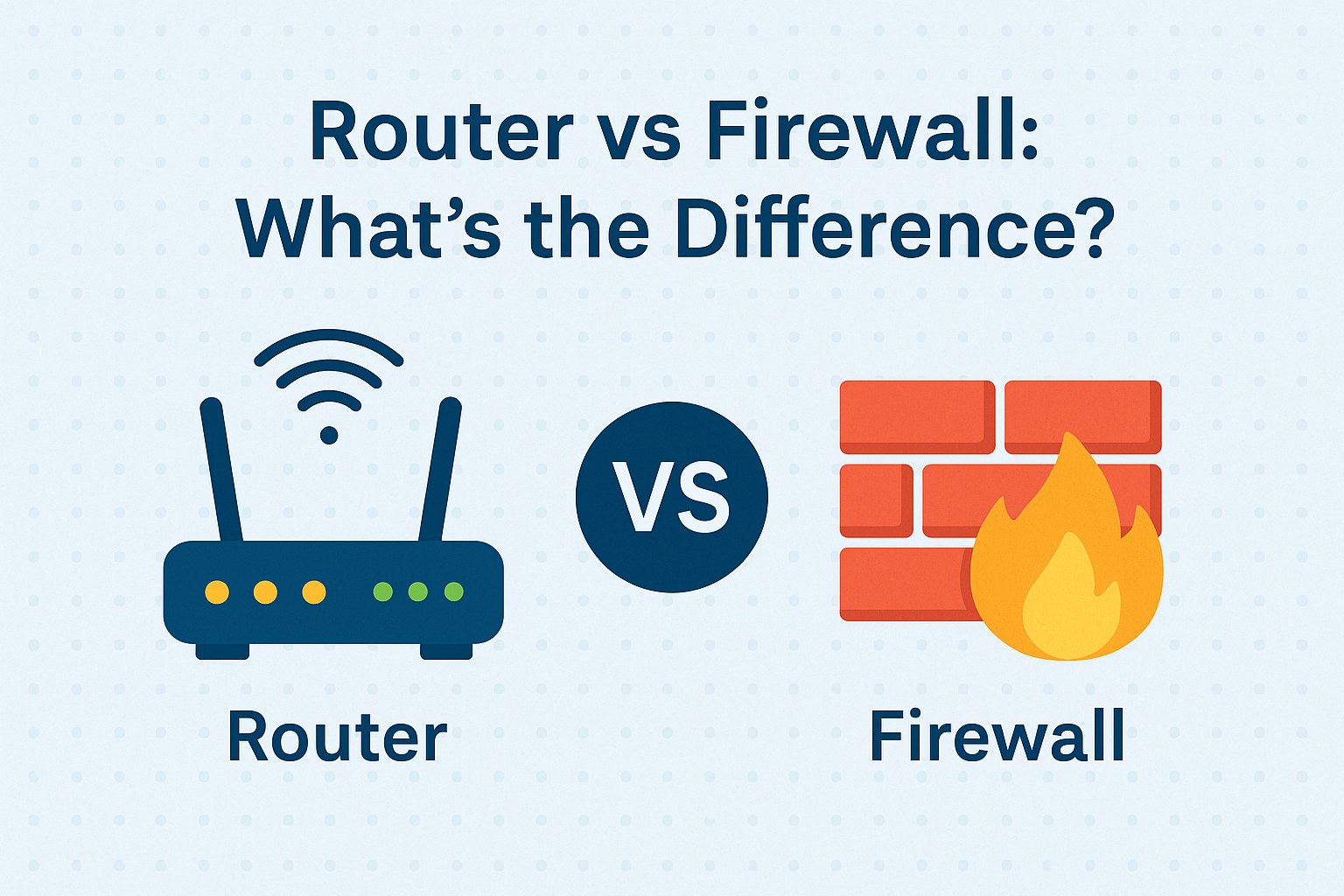
Table of Contents
- Introduction
- Core Functions of a Router in a Local Network
- Types of Routers for Business and Embedded Systems
- Types of Firewalls: Hardware vs. Software
- Role of Firewalls in Network Security
- Differences Between Routers and Firewalls
- Use Cases: When to Use a Router vs. a Firewall
- Advantages and Disadvantages of Routers
- Advantages and Disadvantages of Firewalls
- Does Your Business Need Both?
- Why miniitxboard is Ideal for NGFW Integration
- Q&A
- Conclusion
Introduction
Routers and firewalls are essential components of network infrastructure, each serving distinct but complementary roles. Routers direct data packets across networks, ensuring seamless connectivity. Firewalls monitor and control traffic, enforcing security policies. Understanding how they differ is crucial in designing secure, high-performance networks.
Core Functions of a Router in a Local Network
| Function | Purpose |
|---|---|
| Packet Routing | Directs data packets to the correct destination across networks. |
| NAT (Network Address Translation) | Masks private IPs with one public IP, enhancing security and IP usage. |
| DHCP | Automatically assigns IP addresses to devices on a local network. |
| QoS (Quality of Service) | Prioritizes network traffic (e.g., video calls vs. downloads). |
| Gateway Functionality | Acts as a bridge between LAN and WAN (typically the internet). |
Types of Routers for Business and Embedded Systems
| Router Type | Description | Use Case |
|---|---|---|
| Enterprise Routers | High-performance routers with VPN, advanced QoS, and redundancy support. | Medium to large business networks. |
| SOHO Routers | Small Office/Home Office routers with integrated Wi-Fi and basic firewall. | Startups, home offices. |
| Industrial Routers | Rugged routers with high fault tolerance and protocol support (e.g., Modbus). | Manufacturing, utilities, automation. |
| Embedded Routers | Compact, low-power routers embedded in smart devices (IoT, automotive). | Edge computing, IoT applications. |
| Wireless Routers | Routers with integrated Wi-Fi for flexible wireless connectivity. | SMBs, mobile setups. |
Types of Firewalls: Hardware vs. Software
Firewalls are categorized into hardware and software solutions. Hardware firewalls act at the network perimeter, protecting all devices. Software firewalls operate on individual machines, offering application-level control. For robust protection, many businesses opt for NGFW (Next-Generation Firewalls), combining deep packet inspection, IDS, and advanced rule enforcement.
Role of Firewalls in Network Security
Firewalls serve as gatekeepers between internal networks and external threats. They enforce security policies, detect intrusion attempts, and log traffic for forensic review. As network threats evolve, firewalls remain essential to zero-trust architectures and compliance frameworks.
Differences Between Routers and Firewalls
| Feature | Router | Firewall |
|---|---|---|
| Function | Data forwarding between networks | Traffic filtering and threat blocking |
| OSI Layer | Layer 3 | Layer 3 to 7 |
| Security Role | Basic (NAT, segmentation) | Advanced (stateful, DPI) |
Use Cases: When to Use a Router vs. a Firewall
- Router: Needed for connectivity (LAN to WAN).
- Firewall: Needed for protecting sensitive data and enforcing security policies.
- Both: Required for modern businesses, especially those dealing with cloud, IoT, or remote access.
Advantages and Disadvantages of Routers
Advantages: NAT, DHCP, QoS, cost-effective connectivity.
Disadvantages: Limited security capabilities, requires configuration knowledge.
Advantages and Disadvantages of Firewalls
Advantages: Protects against unauthorized access, logs traffic, enforces policy.
Disadvantages: Cannot prevent internal threats alone; misconfigurations can disrupt services.
Does Your Business Need Both?
Yes. Routers enable network communication. Firewalls protect that communication. Together, they form a secure and efficient foundation for any IT infrastructure.
Why miniitxboard is Ideal for NGFW Integration
- Compact Mini-ITX form factor (17×17 cm)
- Industrial-grade components for 24/7 uptime
- Support for multi-core CPUs and extended I/O (LAN, COM, USB)
- Compatible with pfSense, OPNsense, and custom Linux firewall builds
miniitxboard hardware is a proven platform for building secure, space-efficient network appliances and NGFWs.
Q&A
- Q: What is a router?
A: A device that connects and routes data between networks. - Q: What is a firewall?
A: A system that protects a network by controlling incoming and outgoing traffic. - Q: Do I need both?
A: Yes. A router connects your network; a firewall secures it.
Conclusion
Understanding the distinct but complementary roles of routers and firewalls is key to building modern IT systems. Whether you’re securing a business network or deploying edge devices, miniitxboard provides the reliable hardware foundation needed for secure, scalable, and high-performance network infrastructure.

